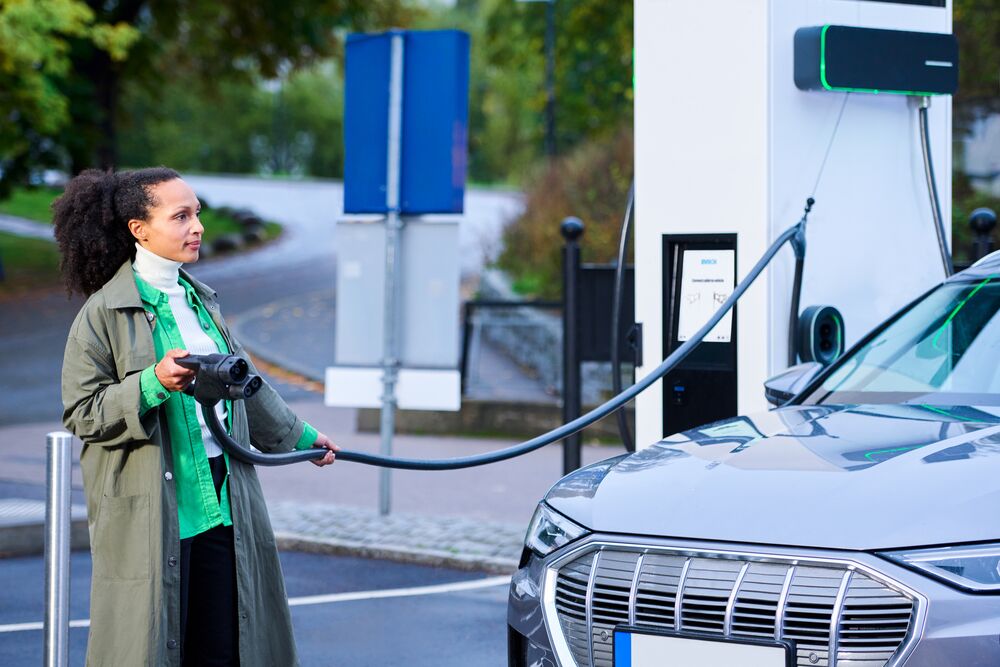
Last updated on August 15, 2023
As the number of electric vehicles on the road continues to grow, the demand for EV charging infrastructure, and especially fast charging, is skyrocketing. Fuel retailers are perfectly positioned to leverage this trend, with their locations around major roadways and attractive services from convenience stores and car washes to restaurants and cafés.
By installing EV charging infrastructure, gas stations can expand their market by tapping into affluent and environmentally conscious EV drivers who might not otherwise visit them.
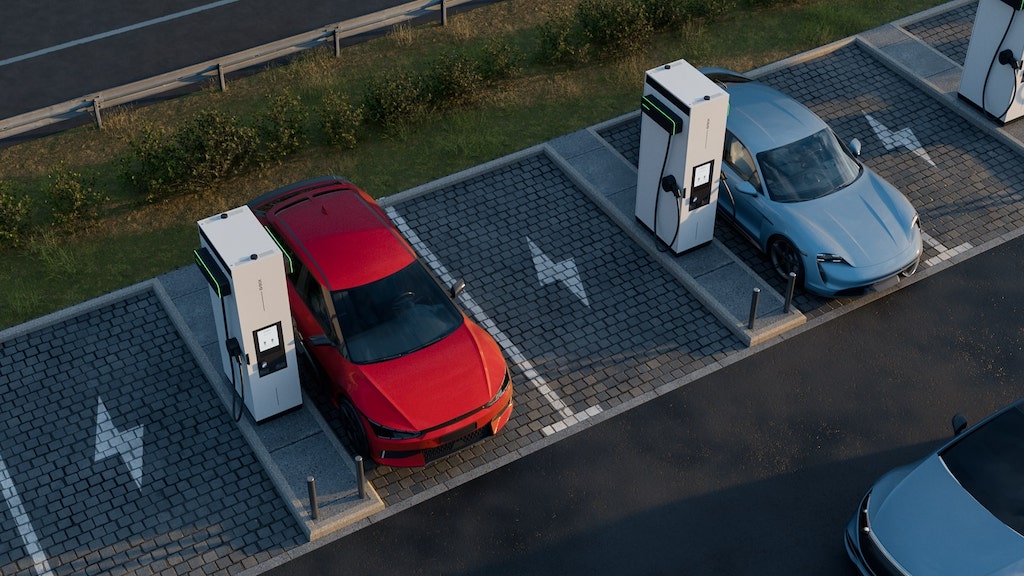
It’s no secret that electric vehicle (EV) adoption is booming: there were over 10 million EVs sold last year alone, and by 2030, the number of electric cars, vans, trucks, and buses on the world’s roads is predicted to increase to over 240 million.
With millions of drivers trading the gas pump for a charging station, this trend presents a significant challenge for gas stations worldwide. According to a Boston Consulting Group study, without substantial changes to their business models, at least a quarter of service stations worldwide are at risk of closure by 2035.
But fuel retail and electric vehicles may not be the polar opposites they appear to be. While EVs may not need gas to run, gas stations’ locations around major roadways make them ideally suited for installing EV charging infrastructure.
This article highlights how forward-thinking fuel retailers are tapping into EV charging—and especially high-powered DC charging stations—to adapt to this market shift.

Gas stations have always adapted to changing consumer behavior
The modern fuel retail sector evolved out of constant adaptation to market and regulatory shifts. Gas stations first emerged as a practical and purely utilitarian solution for keeping the growing number of automobiles fueled up. For a long time, gas stations were solely focused on dispensing fuel, with the idea of offering groceries or food being a foreign concept.
In the post-war era, though, gas station owners began to realize the potential of their easily accessible locations and started offering auxiliary services from convenience stores to food outlets. By the 1960s, the modern gas station/convenience store was born, and services ranging from snacks to car washes were introduced over time.

Fuel retail and new mobility
Today, fuel retail is a cornerstone of the modern economy. In the US alone, convenience stores account for roughly 80 percent of all US fuel sales and 3.1 percent of GDP. And according to a McKinsey & Company report, on a global level, fuel retail is “one of the more resilient segments in the oil and gas industry.”
However, as the years have passed, fuel retail has come under increasing pressure. To name a few, low net profit margins on gas, environmental concerns, and the transition to electric mobility mean that demand for fuel retail is expected slowly decline across mature markets—from $87 billion in 2019 to $79 billion in 2030.
Yet, despite “new mobility” being a cause of this slowdown, ironically, it’s electric mobility and the changes it will bring that present some of the greatest opportunities for modern gas stations in the 21st century.
There will be many more EV drivers on the road in the coming 20 years
While electric mobility is already gaining ground in cities and countries across the world, EVs are set to become the “new normal” in terms of transportation in the next few decades. Three sectors—private passenger vehicles, business fleets, and original equipment manufacturers (OEMs)—account for the vast majority of this growth.

Private passenger vehicles
Private citizens are a driving force in the transition to electric mobility. According to the IEA 2023 Global EV Outlook, EVs and other zero-emissions vehicles could account for two-thirds of new-vehicle sales in developed markets by 2040. With new economic or policy initiatives by global governments, this number could even grow further.
One of the main technological developments which enables this growth outlook is the advent of fast charging. Today many potential EV drivers cite “range anxiety,” or the uncertainty about finding charging stations, as the main barrier to opting for an EV. As fast charging technology can charge an EVs battery in minutes versus hours, networks of fast charging stations are popping up across highways and towns on both sides of the Atlantic.
As a result, as drivers' fears about not being able to charge dissipate, we predict that this will further accelerate the electric mobility transition.
Business fleets
Just as consumers are becoming more open to EVs, businesses and governments are ramping up the electrification of their fleets as well. Whether due to voter, consumer, or shareholder pressure, many organizations are looking to electrify their fleets to meet climate pledges.

To name a few, IKEA, Amazon, UPS, and Uber have all announced fleet electrification to proactively address the climate crisis and meet their emission reduction targets. This trend will also accelerate electric mobility adoption in the mainstream population—creating second-hand opportunities, growing the technical support ecosystem, and increasing availability with lease companies.
Combined with existing trends in sharing economy and e-commerce, these social shifts have made business fleets an integral part of the electric mobility transition.
Original equipment manufacturers (OEMs)
What’s more, OEMs are planning to release around 400 new EV models onto the market by 2025, demonstrating their commitment to ramping up EV production. What’s significant is that for many of these models, the price premium is expected to be consigned to history sooner rather than later—bringing the tipping point for EVs even closer.

And then comes the Tesla paradox. While OEMs have traditionally only produced the vehicle itself, Tesla’s expanded Supercharger offering has disrupted the fuel retail environment. Because the company owns its own charging network, Tesla has the ability to own more of the transportation value chain and retain control over EV charging. And Tesla isn’t alone: other manufacturers, for example, Rivian and Ford, are making moves to develop their charging network and position them as viable alternatives.
Fuel retailers are stepping up their game to avoid the risk of losing customers to OEMs entering the EV charging market.
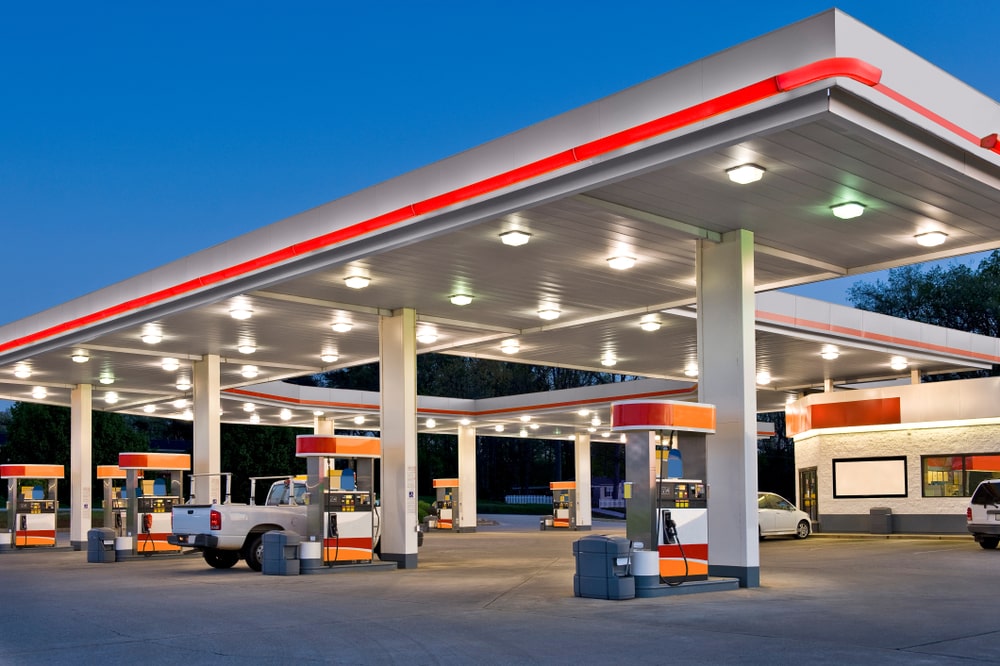
The urgent need for fast charging infrastructure
Together, the rise of EVs for private drivers, advancing fleet electrification, and OEMs’ expansion into EV charging infrastructure highlight the massively growing need for charging infrastructure.
Adding to the pressure, governments are increasingly turning their attention to EV charging infrastructure. In three of the largest fuel retail markets in the world (the US, EU, and UK), governments are making increasingly significant commitments to financing EV infrastructure. For instance:
- In the US, the National Electric Vehicle Infrastructure program Biden administration has secured $7.5 billion in funding for EV charging infrastructure as part of the Bipartisan Infrastructure Bill.
- In the EU, a target of 3 million public charging points by 2030 has been set as part of the European Green Deal.
- In the UK, the government is investing £1.6 billion to support the move to electric vehicles and reach its goal of 300,000 public EV chargers by 2030.
Driven by the growing demand and government incentives, the EV-charging value pool is expected to rise from negligible today to $20 billion by 2030, according to McKinsey & Company. This represents an opportunity for fuel retailers to get ahead of the pack and capture growing consumer demand.

What DC charging stations mean for fuel retailers
Fuel retailers are perfectly positioned—both in terms of their location as well as their market position—to capitalize on this shift toward electric mobility.
This is especially true with the introduction of high-power DC charging stations to the market. DC (or Level 3) charging stations can charge an EVs’ battery in minutes versus hours with a regular AC charging station, allowing drivers to quickly top up on a long trip. The rollout of these charging stations is likely to increase the pace of the electric mobility transition and presents a unique opportunity for fuel retailers to get ahead and gain more customers.
What’s more, according to our research in partnership with Ipsos, 29 percent of current EV drivers already charge their EVs at gas stations, and a further 21 percent would like to if the option was available. With their existing infrastructure in prime locations, fuel retailers can capture this affluent and growing market.
Why gas stations should convert to and offer EV charging today
By installing EV charging stations, gas stations can attract new, affluent customers without significant brand loyalty who stay longer, spend more, and return often. Fuel retailers can increase revenue – and hedge against gas price fluctuations – thanks to opportunities to upsell services such as convenience stores and from charging stations themselves.
Fuel retailers can also improve their carbon footprint by offering a green alternative to emission-heavy fuel—winning back environmentally-conscious consumers and meeting authorities’ climate targets.
Lastly, the shift towards electric mobility gives rise to both new independent actors (Charging Point Operators or CPOs) and OEMs (like Tesla, who not only make the vehicle but own the charging infrastructure as well) who are vying for a piece of the pie.
By investing in electric vehicle infrastructure today, forward-thinking fuel retailers are consolidating their position in tomorrow's mobility ecosystem.
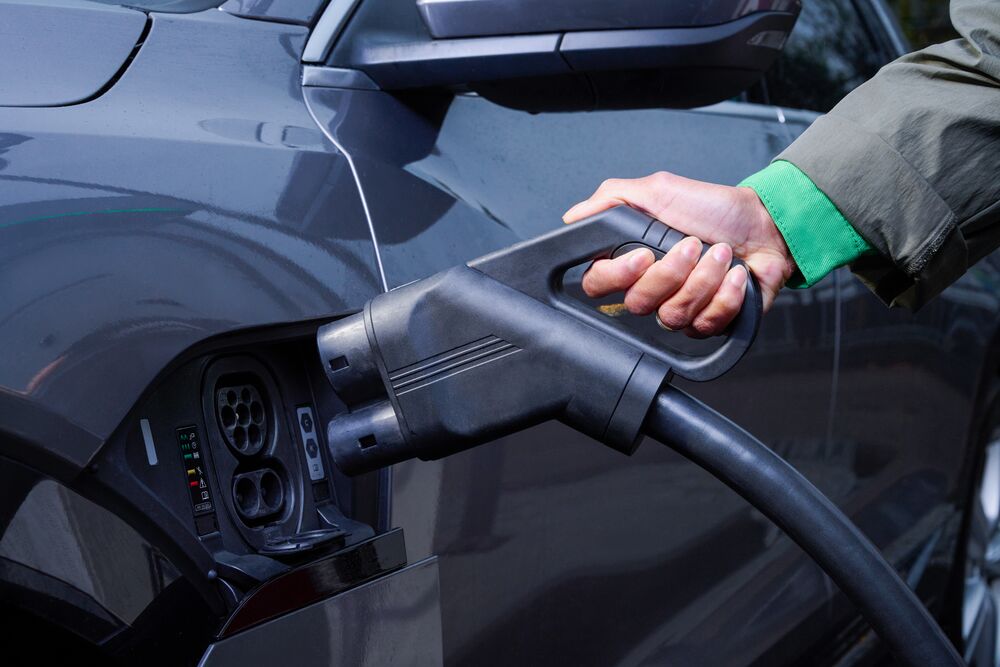
Learn more about EV charging for fuel retailers
As EVs make up a greater percentage of vehicles on the road, more gas stations are beginning to consider offering EV charging stations. As a gas station owner, you might understandably be apprehensive about a service that seems fundamentally opposed to your existing offering.
Our complete guide aims to answer all the questions that gas station owners may have about the intersection of electric mobility and fuel retail and explores the opportunities and challenges in converting your gas station into an electric mobility hub.
Related articles

How the fuel retail industry can benefit from electric fleet vehicles
All over the world, sustainability has become a larger focus for all types of businesses. As a result, many...

Alternative fuels and the future of gas stations [2023 update]
Last updated 29th September, 2023 As societies around the world seek to decarbonize their economies and move away from...
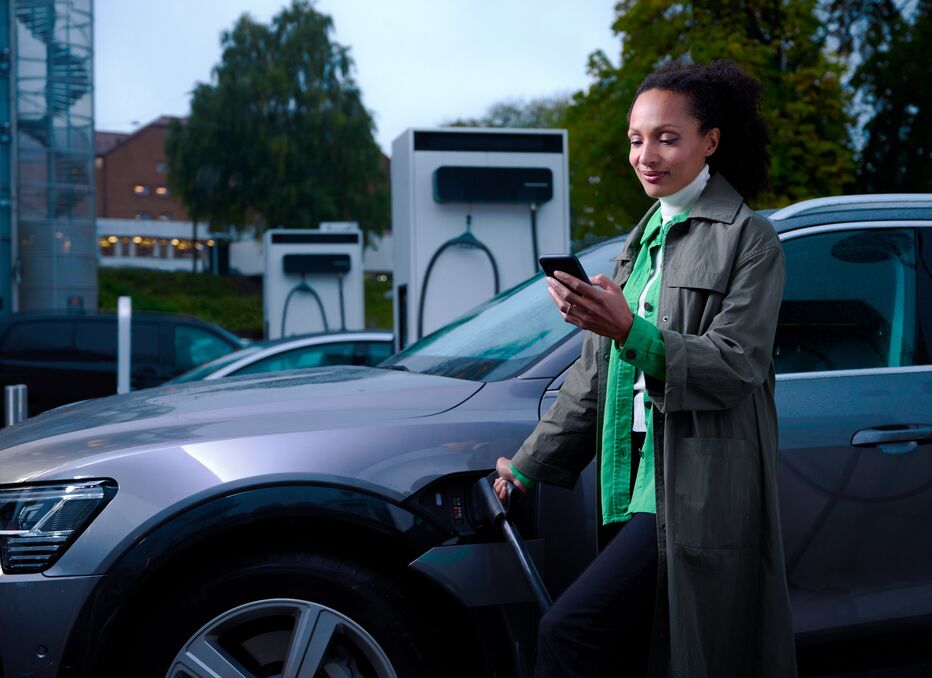
Why converting your gas station to an EV charging business will attract more customers
Last updated on August 29, 2023 Despite their name, modern gas stations offer a lot more than just a pump for drivers...